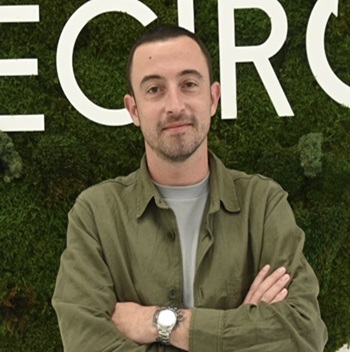We are distributors of
Cell Phones
that are used, tested, graded, and ready for resale.
HOW LONG DO SMARTPHONES LAST? PLUS 5 WAYS TO EXTEND LIFESPANS
Rich Bulger/February 21st, 2023
In a circular economy, value generation refers to the creation of economic, social, and environmental value through the reuse, refurbishment, and recycling of products and materials. For returned products, value generation can occur through a number of different activities, such as:
- Reuse: Returned products that are in good condition can be resold or leased, generating economic value through the sale or rental of the product.
- Refurbishment: Returned products that are in less than perfect condition can be repaired or refurbished, making them suitable for resale or reuse. This can generate economic value by extending the lifespan of the product and reducing the need for new products to be manufactured.
- Recycling: Returned products that are no longer fit for reuse can be disassembled and the materials recovered and recycled. This can generate economic value by reducing the demand for raw materials and reducing the environmental impact of manufacturing new products.
- Upcycling: Returned products that are no longer fit for reuse can be transformed into new products with higher value or functionality, such as using plastic bottles to make clothing or furniture. This can generate economic value by creating new products from discarded materials and reducing waste.
Value generation in the circular economy for returned products can also have social and environmental benefits, such as reducing waste, conserving natural resources, and creating employment opportunities. RL algorithms can be used to optimize the decision-making process in reverse logistics and help maximize value generation through the reuse, refurbishment, and recycling of returned products.



